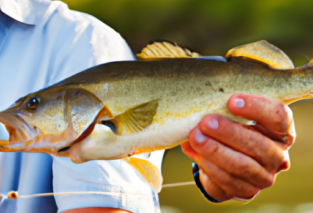If you’re just starting out with fishing and want to capture and share your experiences, “How To Document Your Fishing Trips: Tips For Beginners” is the perfect guide for you. This comprehensive article provides valuable tips that will help you capture memorable moments, create stunning visuals, and preserve your fishing adventures for years to come. From choosing the right camera equipment to mastering composition techniques, this guide covers everything you need to know to document your fishing trips like a pro. So grab your gear, get ready to reel in some unforgettable memories, and let’s dive into the world of fishing photography together!
Choosing the Right Equipment
Selecting the Right Fishing Rod
When it comes to choosing the right fishing rod, there are a few factors to consider. First, you’ll want to determine the type of fishing you’ll be doing. Are you planning to fish in freshwater or saltwater? Each type of fishing requires a different kind of rod. Additionally, consider the weight of the rod. Lighter rods are ideal for small fish, while heavier rods are better for larger, more powerful fish. Finally, think about the material of the rod. Fiberglass rods are known for their durability, while graphite rods are lightweight and sensitive to fish bites.
Choosing the Right Reel
The reel is an essential part of your fishing gear, as it helps with casting and reeling in fish. There are several types of reels to choose from, including spinning reels, baitcasting reels, and spincasting reels. Spinning reels are great for beginners due to their ease of use, while baitcasting reels offer more control and are better suited for experienced anglers. Spincasting reels are similar to spinning reels but have a closed face, making them less prone to tangling. Consider the type of fishing you’ll be doing and your skill level when selecting a reel.
Picking the Right Fishing Line
Choosing the right fishing line is crucial for a successful fishing trip. The type of line you use depends on the type of fishing you’ll be doing and the fish you’re targeting. Monofilament lines are versatile and suitable for a wide range of fishing conditions, while fluorocarbon lines are almost invisible underwater, making them ideal for clear water fishing. Braided lines are incredibly strong and have a small diameter, allowing for increased line capacity on the reel. Consider the fishing conditions and the fish species you’ll encounter when deciding on the fishing line.
Selecting the Right Hooks
Hooks come in various sizes, styles, and materials, so it’s important to choose the right ones for your fishing needs. The size of the hook is determined by the type and size of fish you’re targeting. Smaller hooks are suited for small fish, while larger hooks are needed for bigger fish. Additionally, consider the style of the hook, such as the J-hook, circle hook, or treble hook, depending on your fishing technique and the type of bait you’ll be using. Lastly, the material of the hook can vary, including stainless steel, carbon steel, or even high-carbon hooks for added strength.
Choosing the Right Bait
Selecting the right bait is essential to attract fish and increase your chances of catching them. The type of bait you choose will depend on the fish species you’re targeting and the fishing method you’ll be using. Live bait, such as worms, minnows, or crickets, can be highly effective in enticing fish to bite. Artificial lures, such as soft plastics, crankbaits, or spinnerbaits, can also be successful in attracting fish. Consider the behavior and feeding habits of the fish you’re targeting when deciding on the bait to use.
Learning Fishing Techniques
Understanding Casting
Casting is an essential skill for any angler. It involves propelling the fishing line and bait or lure into the water to reach a desired location. For beginners, mastering the overhead cast is a great place to start. Practice your casting technique by holding the rod with a relaxed grip, bringing the rod back behind your shoulder, and then swiftly snapping it forward to release the line. As you gain more experience, you can explore other casting techniques such as sidearm casting or roll casting. Remember to practice in an open space to avoid tangling the line.
Mastering Different Retrieval Techniques
Once you’ve successfully cast your line, it’s important to know how to retrieve it to attract fish. Different retrieval techniques can mimic the movement of prey, making your bait or lure more enticing to fish. Some common retrieval techniques include steady retrieval, where you reel in your line at a consistent speed, and jigging, which involves raising and lowering the rod tip to imitate the movement of a wounded baitfish. Experiment with different retrieval techniques to see which works best for the type of fish you’re targeting.
Learning to Set the Hook
Setting the hook is a crucial skill that ensures a fish is securely hooked when it bites your bait or lure. When you feel a tug or a fish biting, it’s important to react quickly and set the hook in its mouth. To set the hook, sharply pull the rod upward while reeling in the line to create tension. This action drives the hook into the fish’s mouth, increasing the chances of a successful hookset. Practice setting the hook to improve your timing and become more proficient at landing fish.
Practicing Proper Catch and Release
As an ethical angler, it’s important to practice proper catch and release techniques to ensure the sustainability of fish populations. When catching a fish you plan to release, handle it with wet hands or use a landing net to minimize damage to its protective slime layer. Remove the hook gently, using fishing pliers if necessary, and return the fish to the water as quickly as possible. If the fish seems exhausted or disoriented from the fight, hold it gently in the water until it swims away on its own. Following proper catch and release practices helps preserve fish populations for future generations.
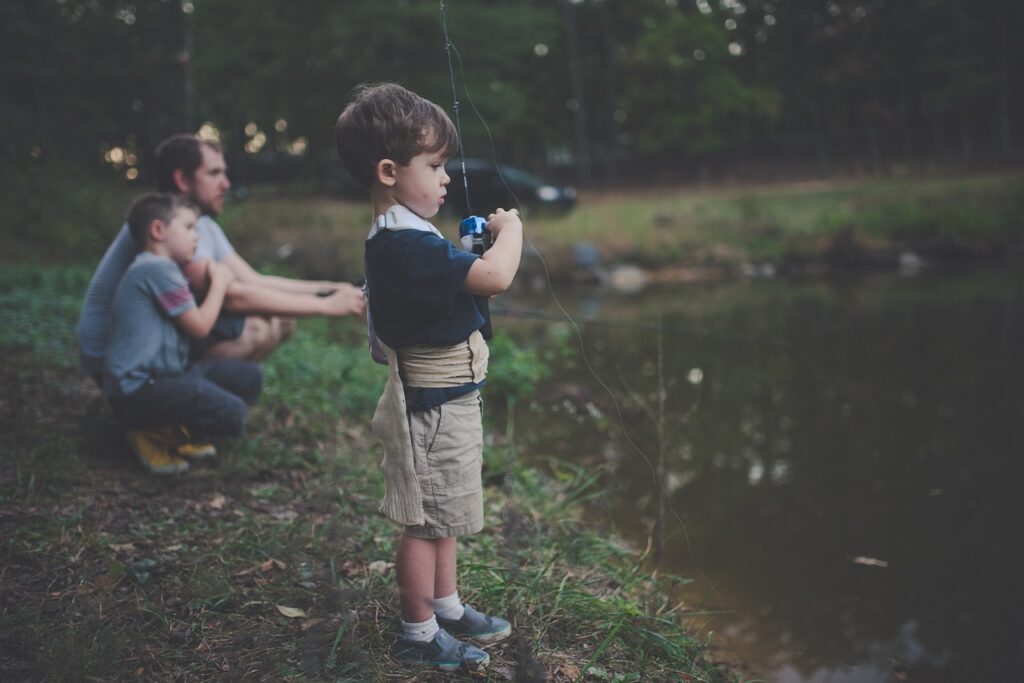
Researching Fishing Spots
Exploring Local Lakes and Ponds
Local lakes and ponds offer excellent fishing opportunities, especially for beginners. These smaller bodies of water are often stocked with various fish species, making them ideal for practicing your fishing skills. Research local lakes and ponds in your area, considering factors such as accessibility, fishing regulations, and the types of fish that can be found there. Additionally, talk to local anglers or visit bait and tackle shops to gather information about the best fishing spots and techniques for specific lakes and ponds.
Researching Rivers and Streams
Rivers and streams can provide exciting fishing experiences, with their flowing water and diverse fish populations. When researching rivers and streams, consider the types of fish you’re interested in catching and the fishing techniques that work best in those environments. Look for areas with deep pools, eddies, or submerged structures that attract fish. Additionally, familiarize yourself with the fishing regulations and any special permits that may be required for fishing in these waterways.
Investigating Coastal Fishing
Coastal fishing offers a unique experience, with the opportunity to catch a wide variety of saltwater fish species. Research coastal fishing spots to find areas that are known for good fishing. Look for jetties, piers, or inshore reefs, as these structures often attract fish. Pay attention to tide charts and plan your fishing trips around the best tide conditions for the type of fish you’re targeting. Additionally, be aware of any specific fishing regulations or licenses that may be required for saltwater fishing in your area.
Learning about Different Fish Habitats
Understanding the habitats of different fish species is crucial for successful fishing. Fish are often found in specific areas, such as near vegetation, underwater structures, or drop-offs. Learn about the preferred habitats of the fish species you’re targeting, as this will guide you in selecting the right fishing spots and techniques. Research books, online resources, or consult with local experts to gather information about the habitat preferences of different fish species in your area.
Checking Weather and Tide Conditions
Understanding the Impact of Weather on Fishing
Weather conditions can greatly impact fishing, influencing fish behavior and feeding patterns. Sunny and calm days may make fish more wary and seek cover, while overcast days can be ideal for fishing as fish may be more active. Additionally, changes in barometric pressure can also influence fish behavior, with rising pressure often indicating better fishing conditions. Pay attention to weather forecasts and learn how different weather patterns can affect fish activity to plan your fishing trips accordingly.
Checking Local Forecasts
Before heading out on a fishing trip, always check the local weather forecast. Look for information on wind speed and direction, as this can affect your casting accuracy and the movement of the water. Rainfall forecasts can also be important, as heavy rain can lead to muddy water and decreased fish activity. By staying informed about the weather conditions, you can make better decisions regarding the types of fishing spots and techniques to use.
Considering Wind Patterns
Wind can play a significant role in fishing, affecting both the water conditions and the behavior of fish. Strong winds can create choppy water, making fishing more challenging. However, certain wind patterns can benefit anglers. For example, an onshore wind can push baitfish closer to the shore, attracting predatory fish. Conversely, an offshore wind can provide calmer water conditions and better visibility. Be aware of wind patterns and their effects on fishing to make the most of your time on the water.
Researching Tide Charts
If you’re planning to fish in coastal areas, understanding tide charts is essential. Tides can greatly influence fish behavior and feeding patterns. Some fish species are more active during incoming tides, while others prefer outgoing tides. By consulting tide charts, you can determine the best times to fish based on the tides in your area. Look for periods of high tide or tidal movements that coincide with dawn or dusk, as these can be prime fishing times.
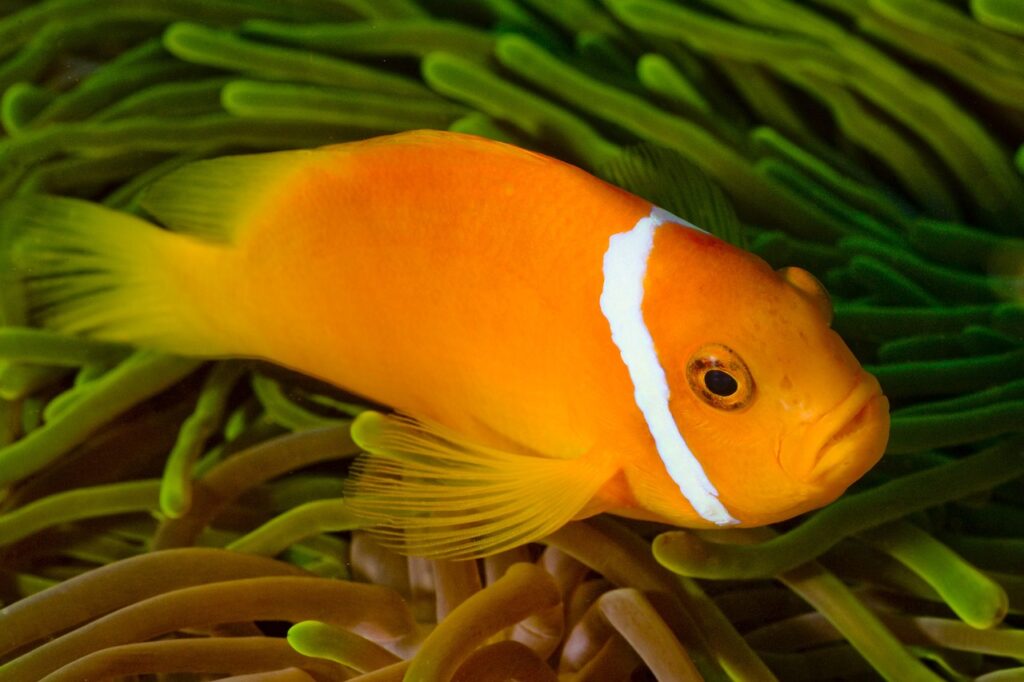
Planning Your Fishing Trip
Selecting the Right Time of Day
The time of day you choose to go fishing can have a significant impact on your success. Generally, early mornings and late evenings are the best times for fishing, as fish are often more active during these periods. However, this can vary depending on the fish species and the fishing location. Research the feeding habits of the fish you’re targeting to determine the optimal time to go fishing. Keep in mind that fishing during off-peak times can also offer a more peaceful and less crowded experience.
Choosing Fishing Partners
Fishing with others can enhance your fishing experience and provide additional support and knowledge. When selecting fishing partners, consider their skill levels and interests. Fishing with more experienced anglers can offer valuable tips and guidance, while fishing with beginners can create a fun and supportive learning environment. Additionally, fishing with friends or family allows you to share the joy and excitement of catching fish together.
Organizing Fishing Licenses and Permits
Before embarking on your fishing trip, ensure that you have the necessary licenses and permits. Fishing licenses are typically required for both freshwater and saltwater fishing, and the regulations can vary depending on your location. Visit the website of your local fisheries department or contact them directly to find out the specific license requirements and any additional permits you may need. Fishing without the proper licenses and permits can result in fines and legal consequences, so it’s important to comply with the regulations.
Preparing a Fishing Gear Checklist
To ensure a successful and enjoyable fishing trip, it’s essential to prepare a fishing gear checklist. Start by listing all the necessary equipment, including rods, reels, fishing lines, hooks, bait, and any additional gear specific to your fishing needs. Check that your gear is in good condition and make note of any repairs or replacements that may be needed. Additionally, consider other essentials such as sunscreen, sunglasses, a hat, snacks, and a water bottle. By following a comprehensive checklist, you’ll be well-prepared for a day of fishing.
Documenting the Catch
Taking Quality Photos
Capturing photographs of your catch allows you not only to preserve the memory but also to share your fishing success with others. When taking photos, handle the fish gently and support it properly to avoid causing harm. Place the fish close to the camera to make it appear larger, but be mindful of not distorting the actual size. Experiment with different angles and lighting to enhance the visual appeal of the photo. Consider investing in a small tripod or a selfie stick to capture better-quality photos when fishing alone.
Measuring and Weighing the Fish
Measuring and weighing your fish can be a fun way to track your progress as an angler. Using a measuring tape or a fish ruler, carefully measure the total length of the fish, from the tip of the nose to the end of the tail. If you’re fishing competitively, you may also want to weigh your catch using a portable fish scale. This information can be recorded in your fishing logbook and used to compare future catches. Remember to handle the fish gently and minimize its time out of the water to ensure its well-being.
Recording Catch Details
Keeping detailed records of your fishing trips can provide valuable information for future reference. Note down important details such as the date, time, location, weather conditions, and water temperature. Record the fish species caught, their sizes, and the techniques or baits used. Additionally, jot down any observations or lessons learned during the trip. Over time, these records can help you identify patterns, improve your fishing skills, and plan more successful fishing trips.
Creating a Fishing Logbook
A fishing logbook is a great way to document and organize your fishing experiences. Use a journal or a dedicated fishing app to record important details about each fishing trip. Include information such as the date, location, weather conditions, fish species caught, and any notable events or challenges. Reviewing your logbook periodically can provide insight into your progress as an angler and help you identify trends or patterns that contribute to successful fishing. A fishing logbook also serves as a wonderful keepsake of your fishing adventures.
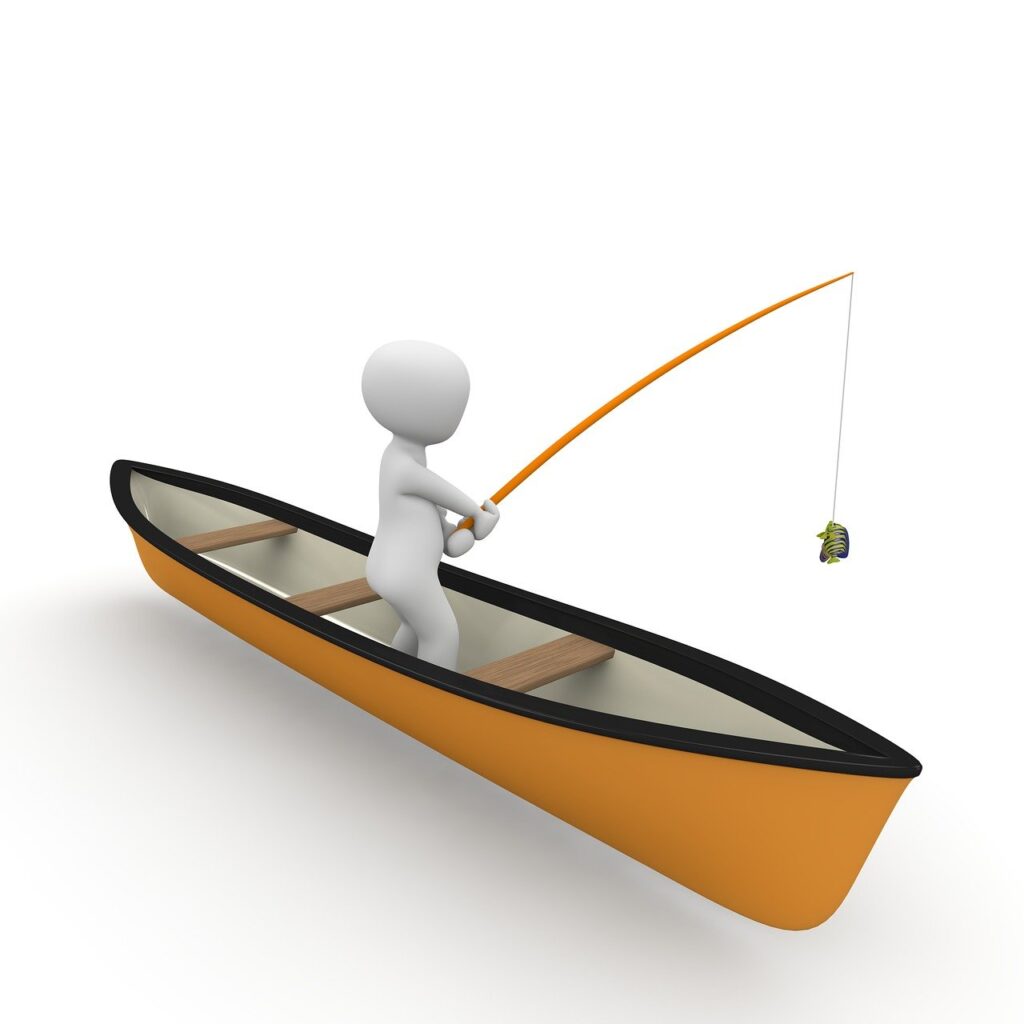
Sharing and Celebrating Your Success
Sharing Photos and Stories
Once you’ve documented your fishing trips, why not share your photos and stories with others? Share your photos on social media platforms such as Instagram or Facebook, accompanied by a captivating description of your fishing experience. Don’t forget to use relevant hashtags to reach a wider audience of fellow anglers. Sharing your fishing accomplishments can spark conversations, inspire others, and create a sense of connection within the fishing community.
Creating Social Media Accounts
If you’re passionate about fishing and want to immerse yourself in the angling community, consider creating dedicated social media accounts. This allows you to connect with fellow anglers from around the world, share your fishing adventures, and learn from others. Build a network of fishing enthusiasts by following relevant accounts, engaging with their content, and joining fishing groups or communities. Social media can be an incredible platform for exchanging tips, knowledge, and experiences with like-minded individuals.
Joining Fishing Communities
Joining fishing communities, both online and offline, can enrich your fishing journey. Look for local fishing clubs or organizations that host events, workshops, or fishing competitions. Participating in these activities allows you to meet experienced anglers, learn new techniques, and gain insights into the best fishing spots in your area. Engaging with fellow anglers also provides a supportive network that can answer questions, share tips, and celebrate fishing successes together.
Participating in Fishing Competitions
For those seeking a more competitive aspect to fishing, participating in fishing competitions can be an exciting experience. Look for local fishing tournaments or derbies that match your interests and skill level. Competing against others helps sharpen your fishing skills, exposes you to new techniques, and provides a friendly environment for learning from experienced anglers. Additionally, these competitions often offer prizes and recognition for outstanding catches, adding an extra element of excitement to your fishing adventures.
Exploring Fishing Apps and Tools
Discovering Fishing Apps
Fishing apps can be incredibly helpful tools for anglers of all levels. From fishing forecast apps that provide weather and water condition updates to apps that offer fishing tips and techniques, there are plenty of options to explore. Fishing apps can also provide information on local fishing spots, regulations, and even help you track your catches and create fishing logbooks. Spend some time researching and trying out different fishing apps to find the ones that best suit your needs and enhance your fishing experience.
Tracking Fishing Spots and Catches
Many fishing apps allow you to track your fishing spots and catches, creating a digital record of your angling adventures. These apps utilize GPS technology to mark the locations where you’ve had success and allow you to add notes and photos to each spot. By tracking your fishing spots and catches, you can easily revisit successful locations, analyze patterns, and share recommendations with other anglers. This information can also help you plan future fishing trips based on historical data.
Using Fish Identification Tools
Fish identification tools are incredibly useful for anglers who encounter unfamiliar fish species. These tools, often available as apps or online resources, allow you to upload a photo or enter characteristics of the fish to identify the species. This can be helpful in determining whether a fish is of legal size or if it’s a protected or endangered species that requires immediate release. Fish identification tools provide valuable information for responsible angling and conservation efforts.
Exploring Fishing Knot Tying Apps
Mastering different fishing knots is essential for successful angling. Fishing knot tying apps provide step-by-step instructions and animations to help you learn and practice various fishing knots. These apps often include a wide range of knots suitable for different fishing situations, such as tying a secure knot for hooks or attaching the fishing line to the reel. By exploring fishing knot tying apps, you can become more proficient at tying knots and ensure your gear remains secure during fishing.
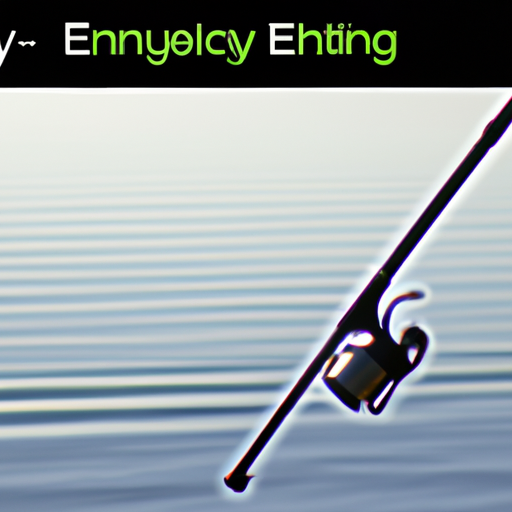
Learning from Experienced Anglers
Joining Fishing Clubs and Organizations
Joining fishing clubs or organizations is a fantastic way to learn from experienced anglers and immerse yourself in the fishing community. These groups often host regular meetings, guest speakers, and fishing outings that allow you to learn new techniques, share experiences, and build connections with fellow anglers. Take advantage of the expertise and knowledge of seasoned anglers in these clubs, as they can provide valuable guidance and advice to help you improve your fishing skills.
Attending Fishing Workshops and Seminars
Fishing workshops and seminars provide opportunities to learn from experts in the field. Look for local events or online webinars that cover various fishing topics, such as advanced casting techniques, fish behavior, or specific fishing methods. These educational sessions offer insights and practical tips that can enhance your fishing skills and broaden your understanding of the sport. Take notes, ask questions, and actively participate to maximize your learning experience.
Seeking Guidance from Local Fishermen
Local fishermen who have been fishing in your area for years can be a wealth of knowledge. Strike up conversations with them while fishing or visit local bait and tackle shops to seek their advice. They can provide insights into the best fishing spots, techniques, and bait choices specific to your region. Don’t hesitate to ask questions or ask for recommendations, as most anglers are enthusiastic about sharing their expertise with fellow fishing enthusiasts.
Watching Fishing TV Shows or Online Tutorials
Fishing TV shows and online tutorials offer a convenient way to learn from experienced anglers and gain valuable insights from the comfort of your own home. Various fishing TV shows provide in-depth coverage of different fishing techniques, tips, and tricks, showcasing the action and excitement of angling. Online tutorials, available on platforms like YouTube, offer a vast selection of instructional videos that cover everything from basic fishing skills to advanced techniques. By watching these shows and tutorials, you can expand your knowledge and improve your fishing techniques.
Using Technology to Enhance Your Experience
Using GoPro or Action Cameras
GoPro or action cameras can capture incredible footage of your fishing adventures. These small, waterproof cameras can be attached to your fishing rod, hat, or chest harness, allowing you to record the action from your perspective. Filming your angling experiences not only provides lasting memories but also gives you the opportunity to relive the excitement and share it with others. Experiment with different camera angles and capture the beauty of nature, underwater shots, and the thrill of the catch.
Exploring Underwater Fishing Cameras
Underwater fishing cameras give you a fascinating glimpse into the underwater world and the behavior of fish. These cameras are often attached to a line or float and lowered into the water to capture real-time footage of fish in their natural habitat. By observing fish behavior and their interactions with your bait or lure, you can gain valuable insights that can improve your fishing techniques. Underwater fishing cameras provide an immersive and educational experience for anglers of all levels.
Utilizing Fish Finders or Sonar Devices
Fish finders or sonar devices are electronic tools that use sound waves to detect and display underwater objects, including fish. These devices can provide valuable information about the depth of the water, the presence of fish, and the structure of the underwater terrain. By utilizing a fish finder or sonar device, you can identify potential fishing hotspots and increase your chances of finding fish. Invest in a quality fish finder that suits your fishing needs and take advantage of this technology to enhance your fishing experience.
Trying Virtual Reality Fishing Simulators
Virtual reality fishing simulators offer a unique and immersive experience for anglers. These simulated environments allow you to practice your fishing skills in a virtual world, where you can interact with realistic fish and environments. Virtual reality fishing simulators provide a safe and accessible way to refine your casting technique, experiment with different lures, and learn how to react to fish bites. By incorporating virtual reality into your fishing routine, you can hone your skills and gain confidence before heading out to the water.
With these comprehensive tips and guidelines for documenting your fishing trips, you’ll be well-prepared to embark on memorable angling adventures. Remember to choose the right equipment, learn essential fishing techniques, research fishing spots, check weather and tide conditions, plan your trips carefully, document your catches, share your success, explore fishing apps and tools, learn from experienced anglers, and utilize technology to enhance your fishing experience. Enjoy the thrill of the catch and create lasting memories as you immerse yourself in the wonderful world of fishing!




